Here's a helpful description of an active person at prayer. It's from George Eliot's Adam Bede. Dinah's a Methodist minister. She's getting ready to leave the community where she's cared for people for quite awhile. Eliot shows her sitting by her bedroom window thinking of the people she's loved through good times and bad.
"The pressure of this thought soon became too strong for her to enjoy the unresponding stillness of the moonlit fields. She closed her eyes, that she might feel more intensely the presence of a Love and Sympathy deeper and more tender than was breathed from the earth and sky. That was Dinah's mode of praying in solitude. Simple to close her eyes, and to feel herself enclosed by the Divine Presence; then gradually her fears, yearning anxieties for others, melted away like ice-crystals in a warm ocean" (quoted in Martin Laird's, Into the Silent Land: A Guide to the Christian Practice of Contemplation, p. 31).
I'm guessing a number of you pray this way and know this experience. There are others who have tasted once or twice, but don't think it's real prayer. It is real prayer---the deepest, highest kind.
